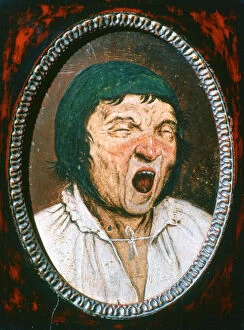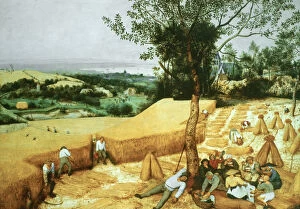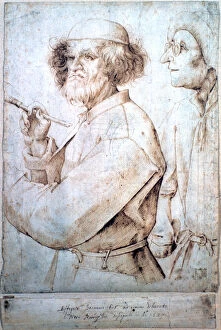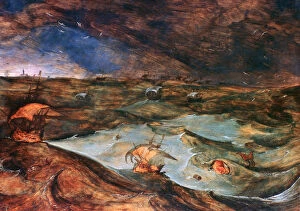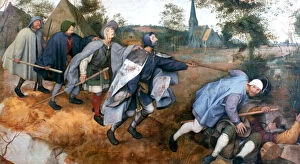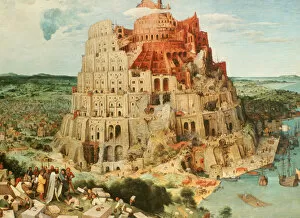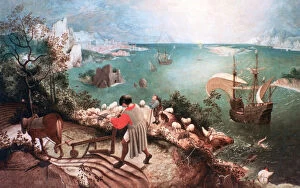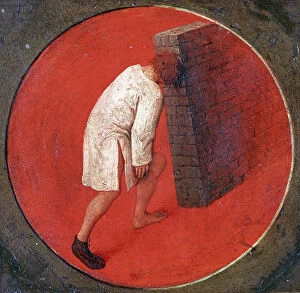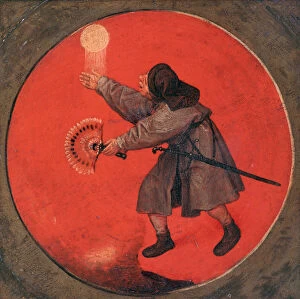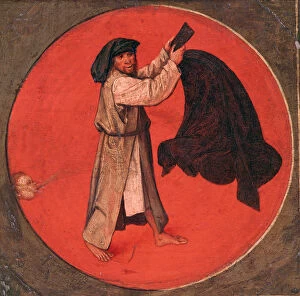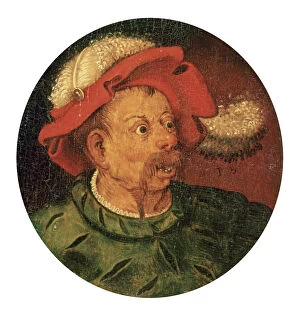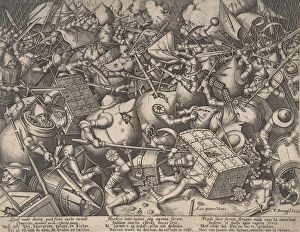Peter Brueghel The Elder Collection (page 3)
Peter Brueghel the Elder was a renowned Flemish painter of the 16th century, known for his intricate and detailed artworks
For sale as Licensed Images
Choose your image, Select your licence and Download the media
Peter Brueghel the Elder was a renowned Flemish painter of the 16th century, known for his intricate and detailed artworks. One of his notable works is "Dulle Griet (Mad Meg)" created in 1562. This painting depicts a strong and fearless woman marching through hell, symbolizing female empowerment. Another masterpiece by Brueghel is "The Harvesters" painted in 1565. It showcases peasants working diligently during harvest time, capturing the essence of rural life and emphasizing the importance of hard work. In "Whatever I do, I do not Repent, I Keep Pissing against the Moon" from c1558-1560, Brueghel portrays a man urinating towards the moon as an act of defiance against societal norms. This artwork challenges conventional beliefs and encourages individuality. Brueghel's collaboration with Pieter van der Heyden resulted in thought-provoking pieces like "Patience (Patientia)" from 1557 which represents endurance amidst adversity and "Pride (Superbia)" from The Seven Deadly Sins series in 1558 that explores human arrogance. "The Peasant Dance" painted between 1568-1569 captures a lively scene where peasants celebrate joyously through dance. It reflects Brueghel's fascination with depicting everyday life and showcasing ordinary people's happiness. "Misanthrope, " created in 1568, portrays an isolated figure who rejects society due to disillusionment or disappointment. This piece delves into themes of alienation and introspection. Among other notable works associated with Bruegel are "The Parable of the Good Shepherd" from 1565 by Philip Galle that illustrates compassion towards others; "The Death of the Virgin" engraved by Philip Galle in 1574 portraying grief after Mary's passing; and finally, "The Triumph of Death, " dating back to around 1562 which serves as a reminder of the inevitability and power of death.

